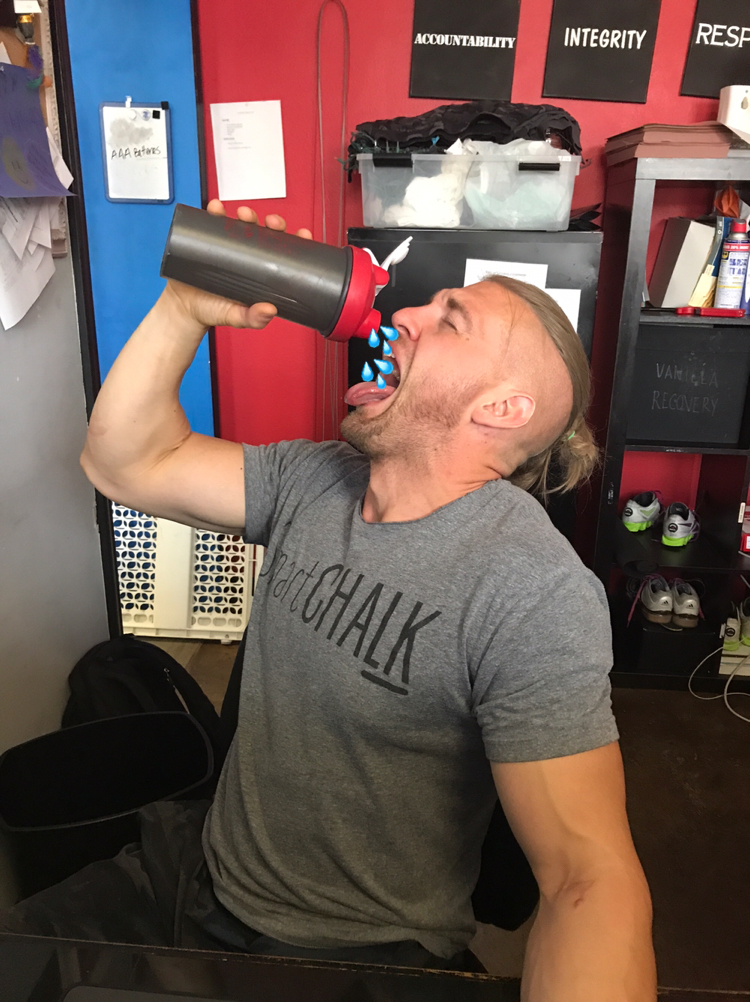
Sheldon’s Corner: Positioning – Deadlift vs. Power Clean
More often than not, I hear people describe the positioning of a deadlift and a power clean to be the same position. Athletes sometimes describe the clean pull as a kind of deadlift with a shrug at the top…or vise-versa describe the deadlift as a clean pull without a shrug and performed with an alternate grip. The truth is…both of these descriptions are incorrect and do not provide an explanation regarding the mechanics involved in both. To shed a little light on the matter, we will discuss the basic fundamentals of each and break down the differences.
In a clean from the floor, you’re going to have the same back angle until you move into the power position (the position you jump from). So you squeeze the weight off the floor by extending your legs and your upper body remains rigid.
Once you’ve extended your legs so the bar is above your knees, you “scoop” underneath it to reach the power position. It’s also known as the double knee bend. Once in that power position, your torso should be much more vertical so when you jump straight up and shrug, the bar moves in a vertical line to the rack position.
If you start with your hips too high, once you extend your legs and try to move into the power position, you’re going to find the bar dangling several inches away from your legs and when you try to clean it, you’re going to end up jumping forward to get underneath it.
You could also end up pulling the bar backwards with your back to get it closer to your body. This messes up everything after that.
The goal of the deadlift and the clean are totally different. Most of the technique in the clean revolves around getting into the power position to jump and shrug as efficiently as possible.
In a deadlift, your hips can be higher because you can pull with your back as well as your legs and there’s no continuation to any other position after you stand up with the weight.
In summary, training both power cleans and deadlifts at the same time can be difficult due to the similar mechanics of both. However if you do want to train both, I would recommend dedicating a good amount of time to each lift exclusively before working on the other. For example, you could spend eight to ten weeks working on Olympic lifts and then switch to a cycle of deadlifts.



